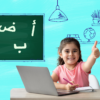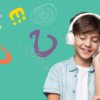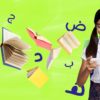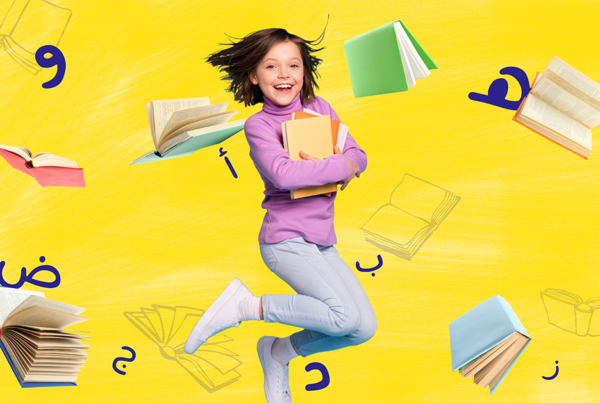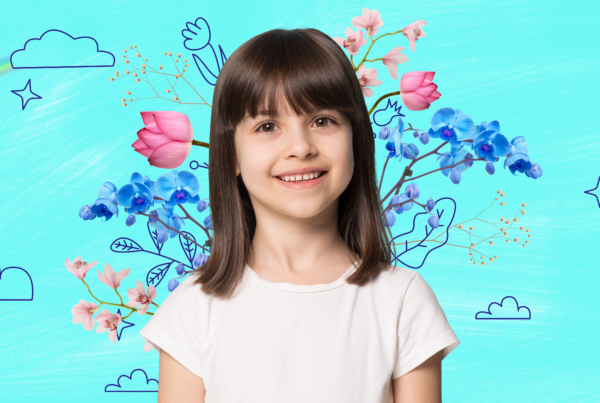The school’s role in providing emotional support to students
As governments are slowly lessening the restrictions imposed by the Corona pandemic, and many have taken the decision to return to schools, students and teachers prepare to meet face to face again following unprecedented changes in the teaching and learning sector. Priorities have shifted and both students and teachers require new methodologies in the transition to the classroom and managing an array of new feelings that stem from a new “norm”. The return to the classroom carries with it anxiousness that requires the reassurance of safety, both new mental states for teachers and students, rendering it necessary to amend and develop school procedures so that psychological support plans for the transition become a top priority. In this article, we will review more than one aspect on how to support this transition.
The impact of emotional support:
Psychological support is the foundation at this stage, despite the global media clarity about the nature of the virus, the affected cases, the number of deaths, the cases of recovery, and the developments in the production of the vaccine. This clarity does not translate the same way to children as it does to adults; the psychological burden of it is not something we can fully understand at this point. This is why it is imperative to constantly check on the children’s mental state by listening to them and encouraging them to express their feelings and their fears. Children should be given the chance to talk about the feelings that accompanied their return to school, both positive and negative. Listening deeply and exhibiting sympathy and understanding without judgment is crucial, both separately and in groups, to provide them with an opportunity to define their issues and present their opinions and feelings and find ways to help each other deal with the fear and uncertainty.
The school’s role in providing emotional support:
There is no doubt that honesty and clarity are the most important approaches to handle the children’s fears and feelings of anxiousness as they return to schools. It will be beneficial to avoid using reassuring statements such as “No need to worry” or “There is no reason to be afraid, our school is safe” as what students need the most during these times of uncertainty is to understand the protocols set forth by the school to protect them and to encourage them to present their ideas about being the safest they can and how content they are to be back in school during the pandemic.
This is a critical stage that requires teachers and school administration to encourage and reinforce the skills of realistic thinking and individual problem solving in students whenever possible. Teachers can provide support to the students by raising questions such as “What can you do here to calm yourself? Or “What options do we have here rather than just avoiding them?” and suggestions such as “Identify the problem, identify possible solutions, choose the solution and try it!” Teachers can also suggest creative ideas to steer the children away from continuously thinking of the situation in a negative manner such as “Design your own masks,” or “design your own special bag for your sterilization materials.” These statements and ideas could be used to decorate the school’s halls and classroom to create an inspired and encouraging environment.
As we begin to return to school, there will be some families or students that cannot overcome their anxiety and fears and return to a normal social life. These individuals believe that isolation is the safest form of life, and no amount of planning or restrictive measures will prevent them or their children from contracting the virus. Fear naturally fuels the desire to escape, therefore a specific plan must be created to gradually integrate these students and their families back into school life such as initial short visits or partial attendance with the aid of a counselor.
By recognizing and praising the students’ strength and resilience in returning to school under such conditions, we provide them with the environment they need to stand together and help each other in overcoming the ordeal of this pandemic. At the end of the day they are all children and they need to be constantly assured and reminded that we value them and respect their feelings and concerns.
The leadership role of the teacher in supporting the social and emotional needs of the students:
Pandemic or not, most students consider their teacher a role model, and this is especially true today in this uncertain time where children are looking for guidance and assurance everywhere. Teachers need to set a strong example in positive coping behaviors such as calmness, honesty and compassion. At the same time, teachers are experiencing the pandemic themselves and have their own set of fears and pressures. Students observe their teachers and follow their lead and sense their energy all day, and in times like these, it is more beneficial to share these personal uncertainties and experiences with them and more importantly the tools and coping strategies we used to overcome these fears. This commonality provides the students with comfort and real tools to deal with their own concerns.
In most cases, it is acceptable to be open and honest with the students using an educational approach, especially in addressing their questions about the future, such as:
- Helping them understand the possibility of school closures in the future.
- Acknowledging that their peers or teachers may develop COVID-19.
- Being honest about the possible worrying and unexpected situations that may occur during the next school year.
We must encourage our students to deal with their issues day by day, and enjoy the present day instead of worrying about what the future holds – especially when this future is somewhat uncertain. These discussions may be difficult, but they are necessary to help students overcome anxiety and direct them to deal with their day and future circumstances in a more flexible and accepting manner.
The prevention of the virus and the control of anxiety can be incorporated into daily activities and lessons and meditation sessions held in the classroom, either at the beginning or at the end of the class. Content can also be modified to suit the appropriate age, gender, and nature of the student.
UNICEF’s vision to provide psychological support through learning activities:
UNICEF, in cooperation with the World Health Organization, proposes a set of ideas and activities that support students of all levels and based on specific needs (language, capability, gender). These activities are divided according to the educational level and as per the table below:
| Kindergarten | Primary School |
|
|
| Middle Years School | High School |
|
|
In conclusion, today, when students have become global citizens, there is no doubt that the effects of this pandemic will produce a generation of caregivers as scientists and doctors, and educators, who desperately need to learn in a different way founded on developing empathy and increasing flexibility in order to build a society that is more inclusive, safe and compassionate.
Resources & Credits:
From face-to-face teaching to online teaching: Pedagogical transitions
Dr. Petrea Redmond Digital Learning Research Network Faculty of Education University of Southern Queensland
—
Arabic language magazine Manhajiyat
ISSUE: العدد (2) خريف 2020
Original content: https://www.manhajiyat.com/ar/node/209


